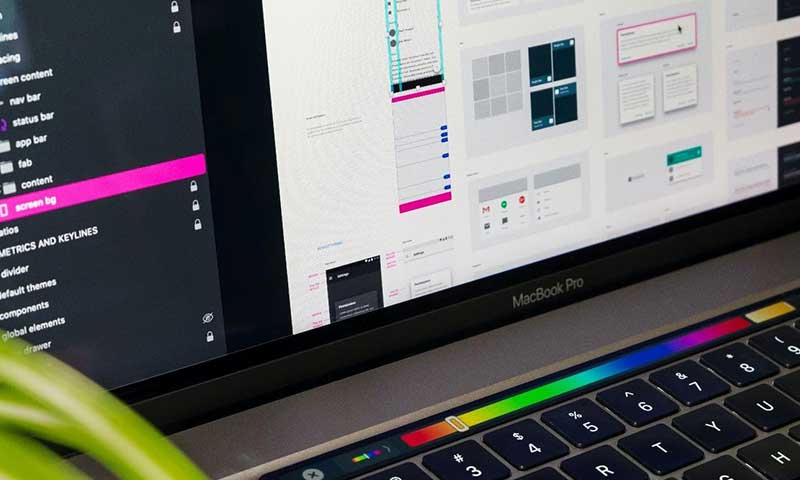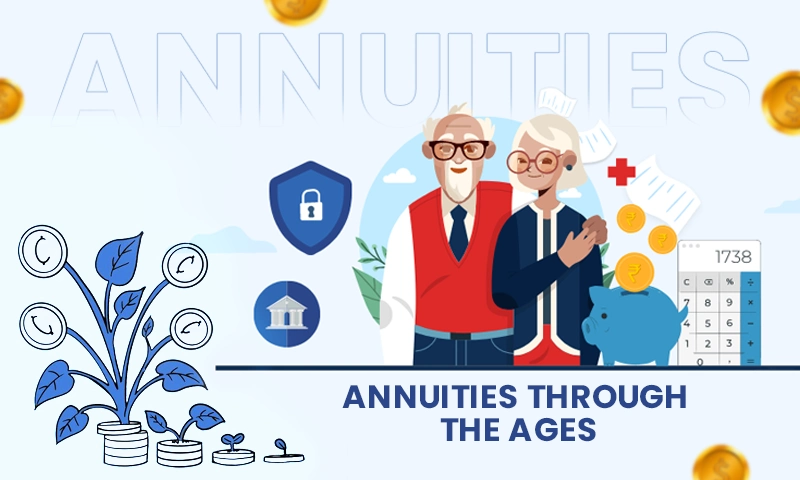What is the Difference Between UX and UI?

UX/UI design is often perceived as one indivisible concept. It’s easy to think that user experience design and user interface design are similar. After all, doesn’t design affect user experience? Well, it’s not that simple. There are complex nuances of meaning that beginners may find confusing. The problem is complicated by the fact that UX and UI are often used in the same sentences. People call themselves “UX/UI designers,” suggesting that these are similar things.
UX and UI concepts are thus misleading to everyone, including customers, developers, and designers themselves. This article uncovers the intricacies of meaning to help newbies navigate the IT world more effectively.
Also Read: How to Built a Trading App
UX vs. UI: Same or Different?
UX design deals with the product/service functionality. UX designers consider who will use the website or app and how the functionality could facilitate the successful adoption and use. To put it differently, UX designers are concerned about making the customer journey smooth from start to finish. UX designers’ responsibilities include the following:
- Conducting product and consumer analysis
- Creating wireframes and prototypes
- Testing prototypes
- Creating user flow
- Using analytics
UX designers collect and analyze the data about the target audience and identify what they need. They recreate the user journey and make it as smooth and pleasurable as possible.
Essentially, UX designers’ role is to ensure that user needs at all levels are met. Some UX designers adapt Maslow’s pyramid to user needs. Functionality is at the bottom of this UX pyramid, followed by reliability, usability, and the pleasure of using a product. This model shows that the product cannot be enjoyable and useful if it’s not functional.

In comparison, UI designers deal with the visual and perceptual aspects of the product/service. They make sure that the product feels and looks good, so they create and polish the design to achieve this goal. Unlike UX work focused on problem-solving, UI design is more artistic. Here are the main UI design tasks:
- Designing the product layout
- Designing UI prototypes
- Creating brand identity
- Working with visual components of a product (e.g., fonts, colors, buttons, etc.)
The problem is that it’s hard to tell when UX ends and UI starts. It’s safe to say that UX encompasses UI because it creates a general structure within which UI designers complete their work. To sum up, UX design deals with a complete experience not be limited to the screen. In turn, UI design is focused on visual design in the product itself.
Using Analogies
Still confused? Analogies are a great way of explaining complex topics with simple, everyday language. For example, we can use the analogy of a house when speaking about UX/UI design. UX is the foundation of the house, the core that ensures its stability, durability, and overall shape. UI is the furniture and paint that make the house functional and beautiful. The foundation is created first, allowing architects to decide how the building will function (e.g., how its inhabitants will move in space and use it to satisfy their needs). Then, designers make sure the house looks nice. They select appropriate decorations (visual aspects) to finish the project.
This analogy helps explain how UX designers and UI designers share responsibilities when developing a digital product. UX designers decide what the product/service is required to do and how it is structured. Then, UI designers step in and work on the user interface, logos, themes, and other visual components. It is also important to note that once UX designers are done, they can handle their recommendations to UI experts to ensure their intentions are understood and implemented as expected.
Here’s another analogy that may help you remember the difference between UX and UI. Imagine that UX is the food quality, overall service, lighting, music, and parking. In other words, it is everything that makes the experience pleasing and meaningful. UI is tables, chairs, cutlery, plates, and glasses – items that complement the experience and help enjoy the services.
An excellent artistic analogy may further illustrate the close connection between UX and UI. User interface design without user experience design is similar to a painter painting a canvas thoughtlessly, without any purpose or idea. In contrast, UX without UI can be compared to the frame of a sculpture that has not taken actual shape yet. In other words, it lacks all the beauty that makes it a work of art. An important thing to add here is that a memorable product experience can only be achieved when UX is followed by UI, as both contribute equally to the product’s success.
Redefining the Roles
However, nothing is simple in the IT world. UX and UI designers’ roles change all the time, so even other team members cannot always differentiate between the two. UX/UI roles often overlap and complement each other, making a clear distinction impossible in practice. When there is no solid understanding of what the IT team should do to deliver the best product/service, the visual components lose meaning.
Nevertheless, investing in one UX/UI designer may be a mistake. It may result in this team member being overworked and swamped with projects and responsibilities. Consequently, they have to sacrifice some of their responsibilities or prioritize UI over UX. Expecting a person to be a UX and UI designer simultaneously is like demanding them to wear two hats simultaneously. Silly, right? Each role requires a different set of skills and methods, not to mention the time needed to address all UX and UI design aspects. For the product/service to be of high quality, both UX and UI should be developed equally well, so dividing responsibilities is essential.
Summing Up
As you can see, the difference between UX and UI is not very difficult to understand. However, a closer look at these two jobs shows that they should not be seen as one. Now, you can speak the secret IT language more confidently and maybe even consider a UX/UI designer career. This knowledge may also help you find user experience design services. After all, now you know what UX and UI design are and why they are essential for businesses.
Share













